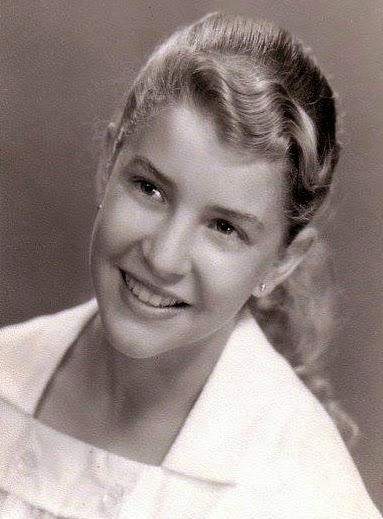SUNSHINE BOY
TOWNES VAN ZANDT
Songwriter: TOWNES VAN ZANDT
Country: u.s.a.
Album:
SUNSHINE
BOY: THE UNHEARD STUDIO SESSIONS & DEMOS 1971-1972
Label: omnivore records
Genre: folk
Year: 2013
John
Townes Van Zandt (March 7, 1944 – January 1, 1997), best known as Townes Van
Zandt, was an American songwriter. He is widely regarded for his poetic, often
heroically sad songs. In 1983, six years after Emmylou Harris had first popularized it, Willie
Nelson and Merle Haggard covered his song "Pancho and Lefty",
scoring a number one hit on the Billboard
country music charts. Much of his life was spent
touring various dive bars,
often living in cheap motel rooms and backwoods cabins. For much of the 1970s, he lived in
a simple shack without electricity or a phone.
He
suffered from a series of drug
addictions, alcoholism,
and bipolar disorder.
When he was young, the now discredited insulin
shock therapy erased much of his long-term memory.
Van Zandt
died on New Year's Day 1997 from cardiac arrythmia caused by health problems stemming from
years of substance abuse. The 2000s saw a resurgence of interest in Van Zandt. During
the decade, two books, a documentary film titled Be
Here to Love Me, and a number of magazine
articles about the singer were written.
You
won't learn nothing from the sunshine, boy
Except how to get away from home
You won't learn nothing from the darkness, boy
Except how to die all alone
Time
will teach you hunger, boy
On the very day you're grown
It'll come to you like a daydream, boy
And it'd cost you everything you own
So, watch for birds and binders too
Move in a natural way
Follow the sidewalk with your tongue
'Cause it will try to slip away
Find
you a friend like Little John
Rememberin' nothing's free
Find you a girl like Gretchen, son
But don't bring her home to me
Keep your eyes on the rhythm, boy
And let the words go by
Rhythm is pulse and breathing, boy
The words will usually lie
The
sky was made to walk beneath
And the ground to walk along
Just let 'em both rub against your skin
Before you try to decide where you belong






